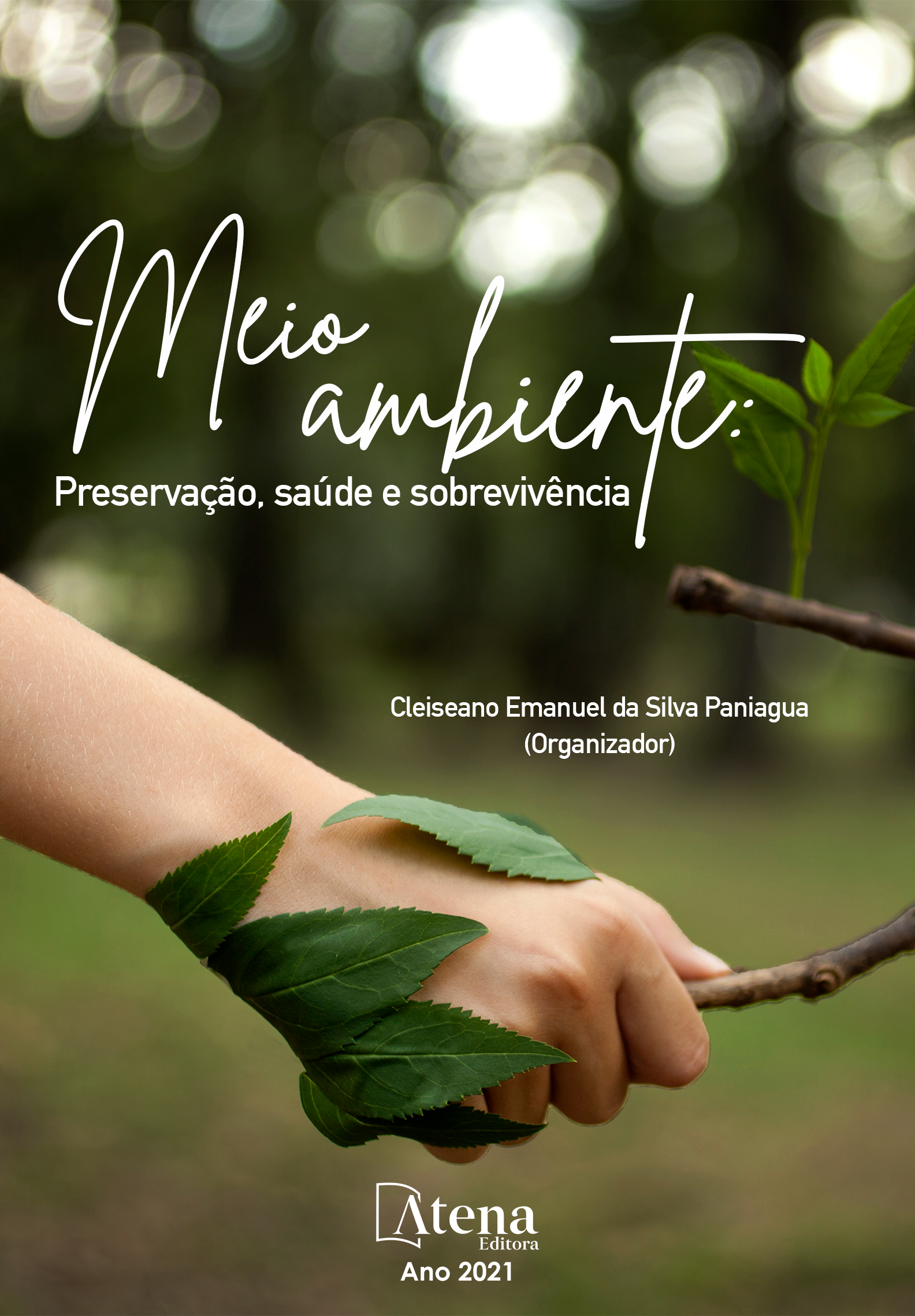
PROPOSTA DE RECUPERAÇÃO DE MATA CILIAR AS MARGENS DO RIO VERMELHO – ÁREA URBANA DO DISTRITO DE RIO VERMELHO – MUNICÍPIO DE XINGUARA / PA
As atividades agrícolas e pecuárias são consequências do desenvolvimento humano, quando não planejados, ocasionam grandes prejuízos ecológicos e destruição dos recursos naturais, especialmente as matas ciliares, que é um tipo de vegetação presente próximo aos corpos d’agua. A áreas de preservação permanente, desempenham importante papel ambiental na manutenção da quantidade e qualidade da água, estabilidade do solo e controle de processos erosivos. O objetivo desta pesquisa foi elaborar uma proposta de recuperação de área degradada em uma APP, situada à margem esquerda do Rio Vermelho, localizado na zona urbana do Distrito de Rio Vermelho, no Município de Xinguara no Pará, com sugestões que restabeleçam sua estrutura e garantam a diversidade funcional dos ecossistemas, especialmente em Área de Preservação Permanente. O método proposto como estratégia para a restauração do ecossistema, foi de regeneração natural com manejo por adensamento, que consiste na introdução indivíduos e espécies vegetais, para a aceleração a cobertura do solo por espécies nativas, elevando a chance de regeneração natural e evitando espécies invasoras. Seguindo a matriz modelo utilizada nos grupos ecológicos classificados como pioneiras, secundárias e climácicas. Realizando o monitoramento da ação para verificação da restauração de composição vegetal e da qualidade do solo. Espera-se controlar os impactos ambientais originados pelas atividades desenvolvidas no entorno da área, restaurando a composição vegetal, evitando assim a ocorrência de assoreamento e consequente carreamento de sedimentos, como solo e vegetação para o curso d’água, restabelendo o ecossistema degradado. Neste sentido, a técnica promissora é viável para recupeação de áreas degradadas observando algunas condições mínimas da área em estudo requeridas para o desenvolvimento e implantação da mesma. Seguindo a proposta, a área irá se recuperar, melhorando vários aspectos tanto para a fauna, flora e o principal, o recurso hídrico.
PROPOSTA DE RECUPERAÇÃO DE MATA CILIAR AS MARGENS DO RIO VERMELHO – ÁREA URBANA DO DISTRITO DE RIO VERMELHO – MUNICÍPIO DE XINGUARA / PA
-
DOI: https://doi.org/10.22533/at.ed.38221300712
-
Palavras-chave: Vegetação ripária. Área Degrada. Medidas mitigatórias
-
Keywords: Riparian vegetation. Degraded Area. Mitigation measures
-
Abstract:
Agricultural and livestock activities are consequences of human development, when unplanned, cause great ecological damage and destruction of natural resources, especially riparian forests, which is a type of vegetation present close to bodies of water. The areas of permanent preservation play an important environmental role in maintaining the quantity and quality of water, soil stability and control of erosion processes. The objective of this research was to elaborate a proposal for the recovery of degraded area in an APP, located on the left bank of the Rio Vermelho, located in the urban area of the District of Rio Vermelho, in the Municipality of Xinguara in Pará, with suggestions that restore its structure and guarantee the functional diversity of ecosystems, especially in the Permanent Preservation Area. The proposed method as a strategy for the restoration of the ecosystem, was of natural regeneration with management by densification, which consists of introducing individuals and plant species, to accelerate the soil cover by native species, increasing the chance of natural regeneration and avoiding invasive species. Following the model matrix used in ecological groups classified as pioneer, secondary and climatic. Monitoring the action to verify the restoration of plant composition and soil quality. It is expected to control the environmental impacts caused by the activities carried out in the surroundings of the area, restoring the vegetal composition, thus avoiding the occurrence of silting and the subsequent carrying of sediments, such as soil and vegetation into the watercourse, restoring the degraded ecosystem. In this sense, the promising technique is feasible for recovering degraded areas, observing some minimum conditions of the area under study required for its development and implantation. Following the proposal, the area will recover, improving several aspects for both fauna, flora and the main one, the water resource.
-
Número de páginas: 9
- SILVANA DO SOCORRO CARVALHO VELOSO
- OZAIDE FARIAS SERRAO


